Mohamed Riduan Abid
Lifelong Learning for Fog Load Balancing: A Transfer Learning Approach
Oct 08, 2023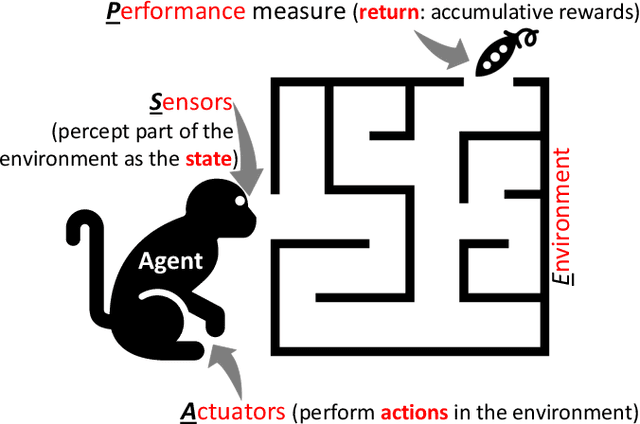

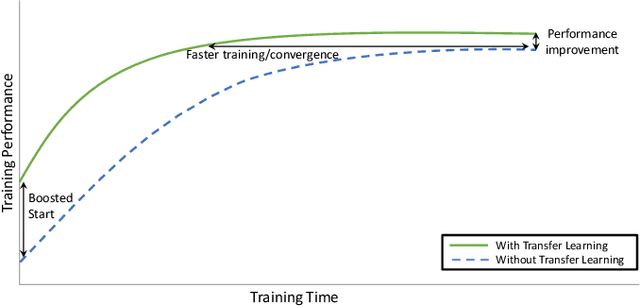
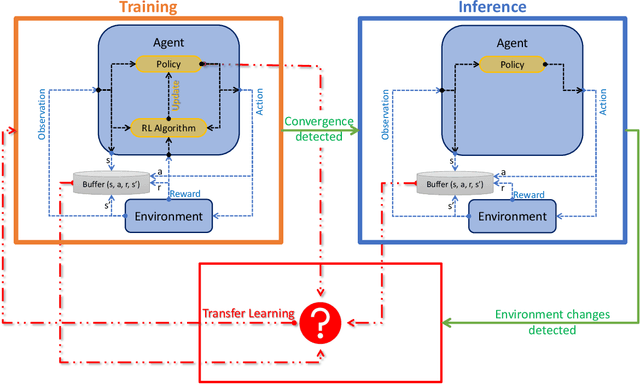
Abstract:Fog computing emerged as a promising paradigm to address the challenges of processing and managing data generated by the Internet of Things (IoT). Load balancing (LB) plays a crucial role in Fog computing environments to optimize the overall system performance. It requires efficient resource allocation to improve resource utilization, minimize latency, and enhance the quality of service for end-users. In this work, we improve the performance of privacy-aware Reinforcement Learning (RL) agents that optimize the execution delay of IoT applications by minimizing the waiting delay. To maintain privacy, these agents optimize the waiting delay by minimizing the change in the number of queued requests in the whole system, i.e., without explicitly observing the actual number of requests that are queued in each Fog node nor observing the compute resource capabilities of those nodes. Besides improving the performance of these agents, we propose in this paper a lifelong learning framework for these agents, where lightweight inference models are used during deployment to minimize action delay and only retrained in case of significant environmental changes. To improve the performance, minimize the training cost, and adapt the agents to those changes, we explore the application of Transfer Learning (TL). TL transfers the knowledge acquired from a source domain and applies it to a target domain, enabling the reuse of learned policies and experiences. TL can be also used to pre-train the agent in simulation before fine-tuning it in the real environment; this significantly reduces failure probability compared to learning from scratch in the real environment. To our knowledge, there are no existing efforts in the literature that use TL to address lifelong learning for RL-based Fog LB; this is one of the main obstacles in deploying RL LB solutions in Fog systems.
Intelligent Building Control Systems for Thermal Comfort and Energy-Efficiency: A Systematic Review of Artificial Intelligence-Assisted Techniques
Apr 06, 2021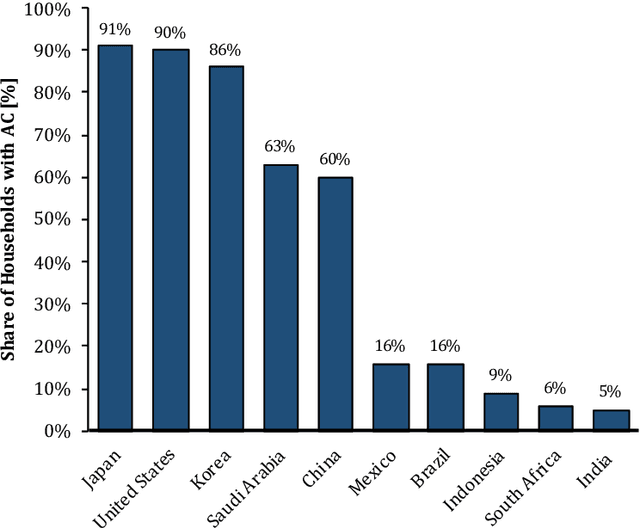

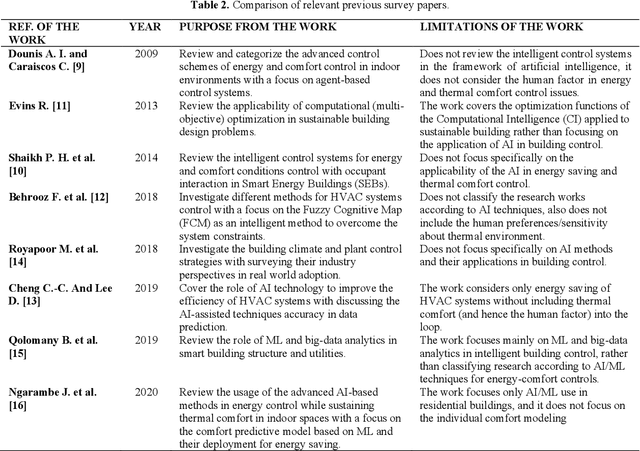
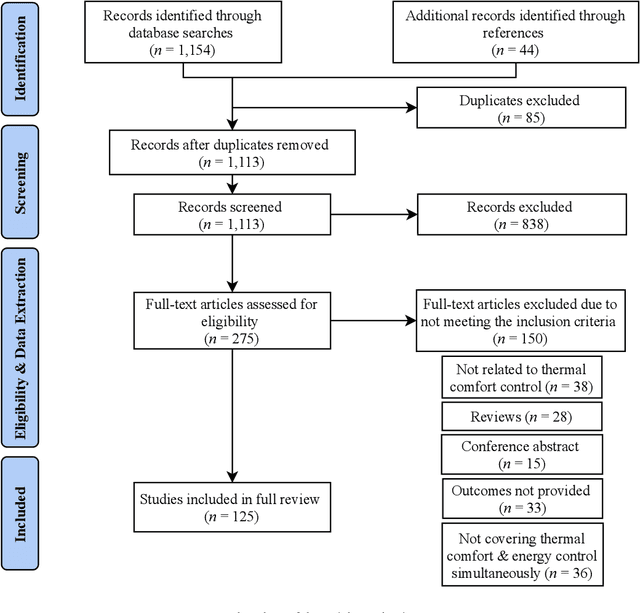
Abstract:Building operations represent a significant percentage of the total primary energy consumed in most countries due to the proliferation of Heating, Ventilation and Air-Conditioning (HVAC) installations in response to the growing demand for improved thermal comfort. Reducing the associated energy consumption while maintaining comfortable conditions in buildings are conflicting objectives and represent a typical optimization problem that requires intelligent system design. Over the last decade, different methodologies based on the Artificial Intelligence (AI) techniques have been deployed to find the sweet spot between energy use in HVAC systems and suitable indoor comfort levels to the occupants. This paper performs a comprehensive and an in-depth systematic review of AI-based techniques used for building control systems by assessing the outputs of these techniques, and their implementations in the reviewed works, as well as investigating their abilities to improve the energy-efficiency, while maintaining thermal comfort conditions. This enables a holistic view of (1) the complexities of delivering thermal comfort to users inside buildings in an energy-efficient way, and (2) the associated bibliographic material to assist researchers and experts in the field in tackling such a challenge. Among the 20 AI tools developed for both energy consumption and comfort control, functions such as identification and recognition patterns, optimization, predictive control. Based on the findings of this work, the application of AI technology in building control is a promising area of research and still an ongoing, i.e., the performance of AI-based control is not yet completely satisfactory. This is mainly due in part to the fact that these algorithms usually need a large amount of high-quality real-world data, which is lacking in the building or, more precisely, the energy sector.
 Add to Chrome
Add to Chrome Add to Firefox
Add to Firefox Add to Edge
Add to Edge